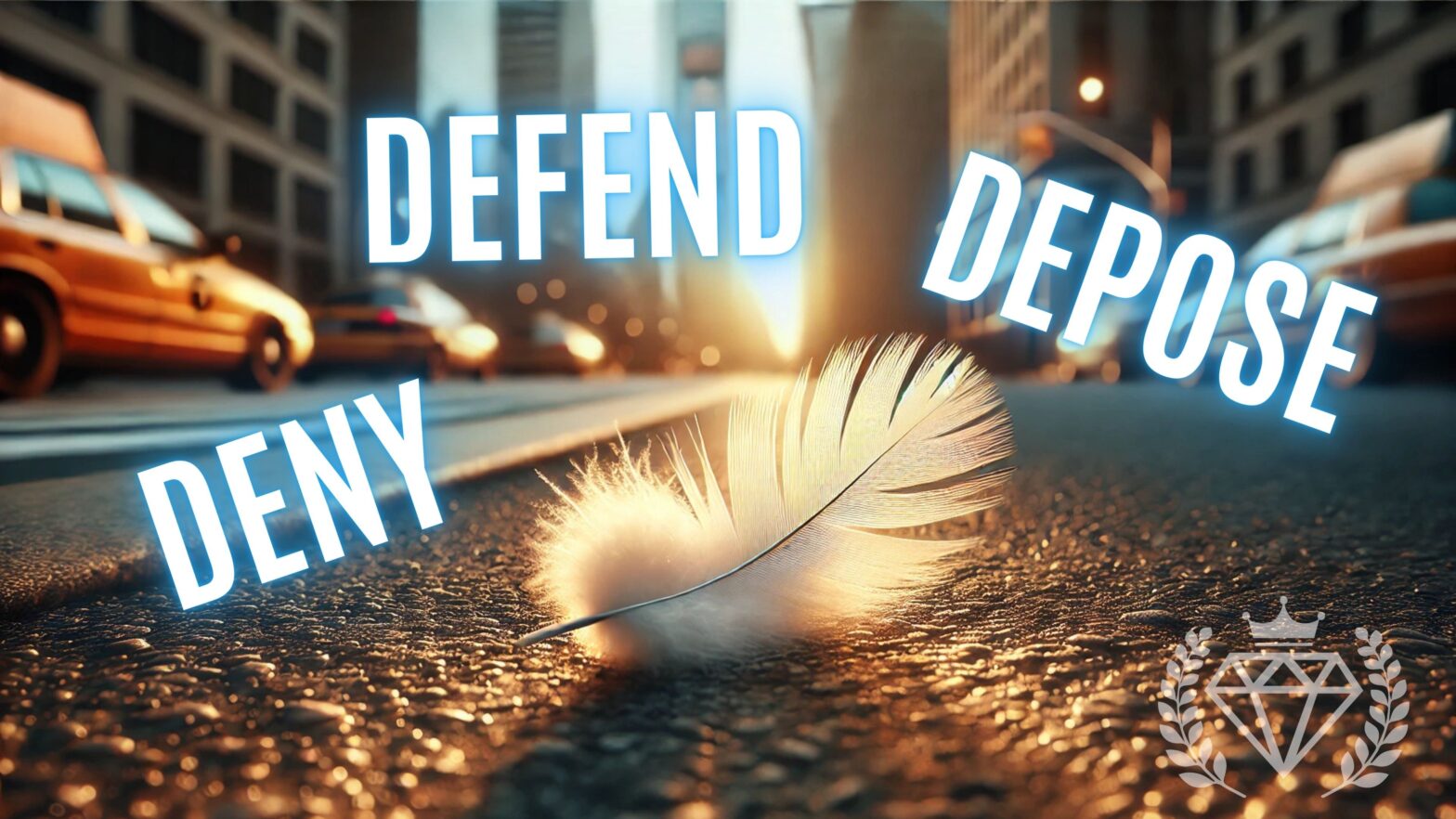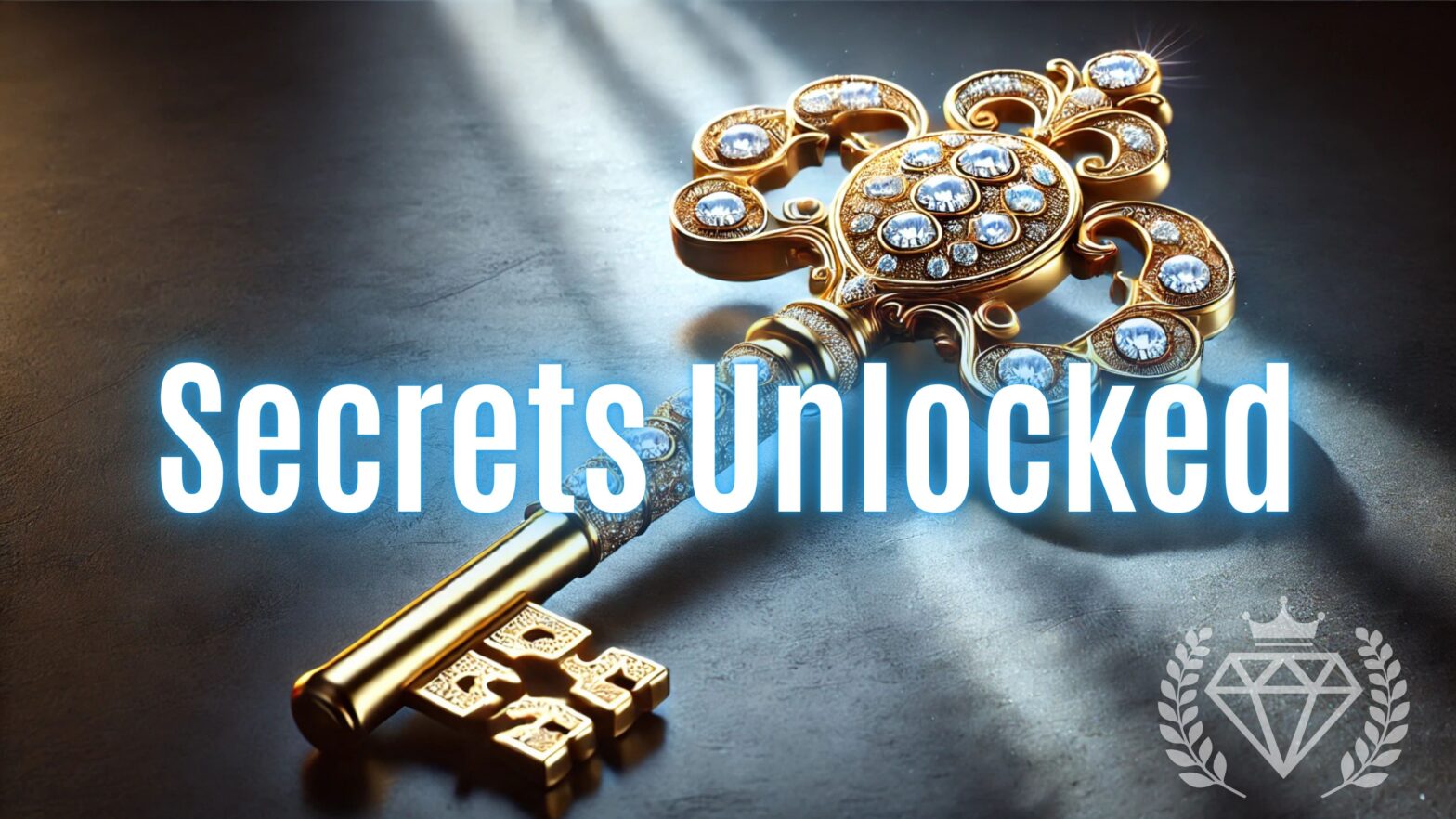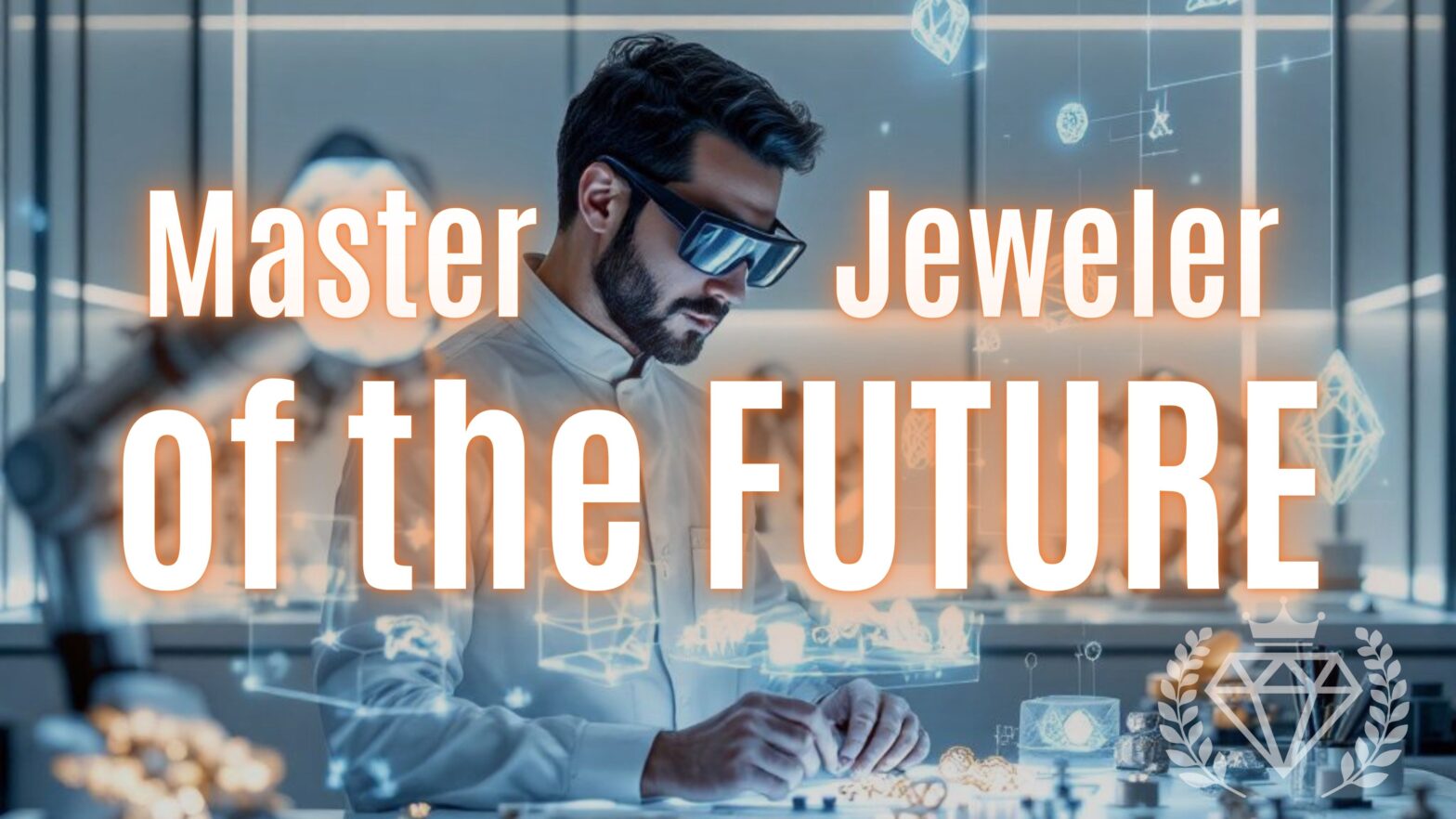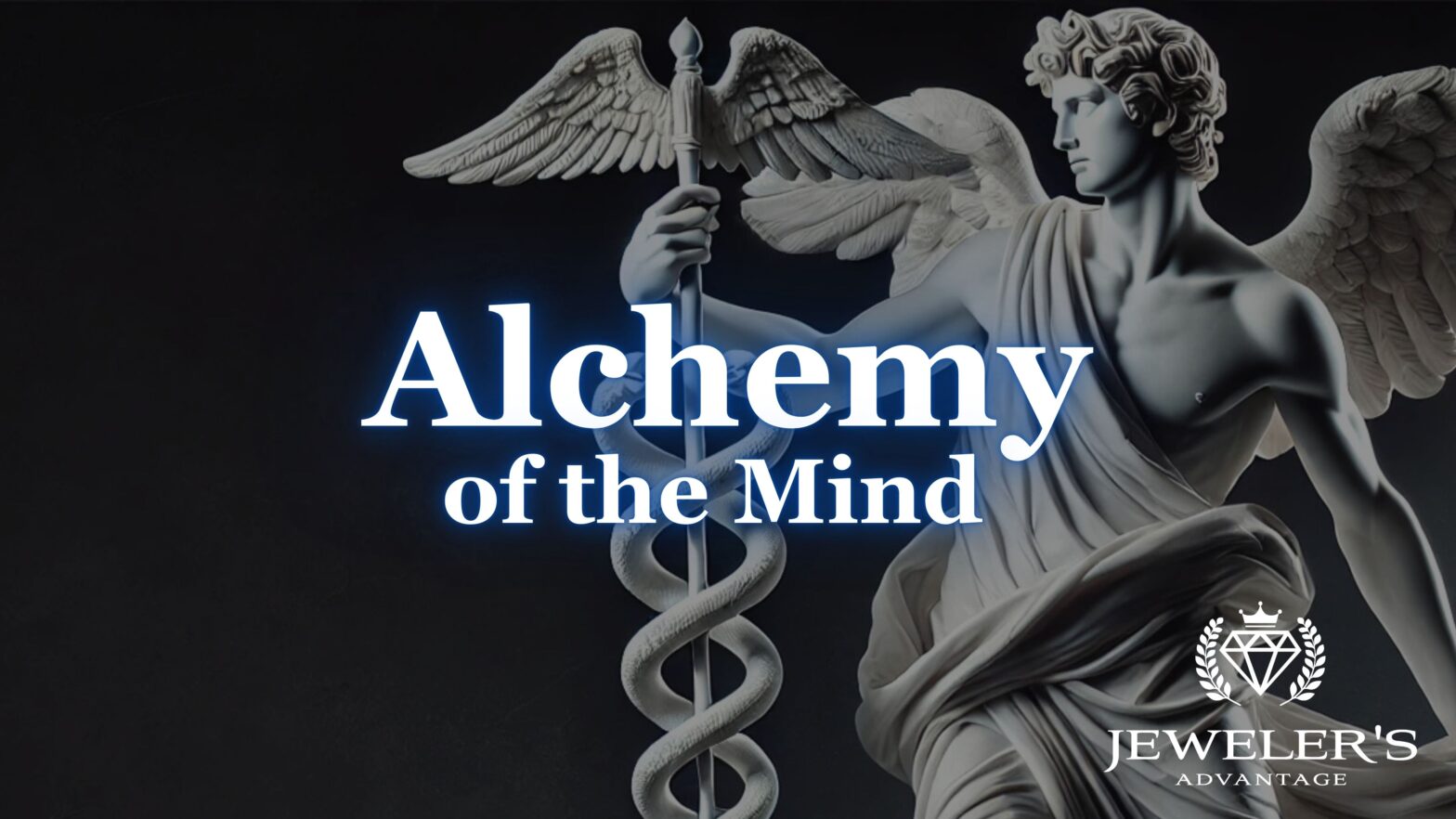The holidays are a magical time… but let’s be honest, not for everyone.
For many, the Holiday Season is a time of joy, family, and celebration. But for others, it’s a season that magnifies life’s challenges. If you’re in the jewelry industry, it’s an incredibly busy and selfless time. We work tirelessly to help people create lasting memories with their loved ones, ensuring they have a Christmas to remember.
But what happens when you feel left out of the magic?
The Hidden Struggles of the Holidays
If your holidays aren’t shaping up like the joyful scenes you see on Instagram or in Hallmark movies, you’re not alone.
Strained relationships feel heavier in December.
Financial challenges seem to scream louder when gift-giving is in the spotlight.
You may even find yourself watching others have a merry holiday while you feel stressed, isolated, or overwhelmed.
The holiday season can amplify what’s missing in your life. But here’s the silver lining: this can also be a time of growth and opportunity.
Turn “Down” Days into a Comeback Year
If this season has you feeling “down,” why not flip the script?
While the world slows down for the holidays, you can use this quiet time to focus on yourself and your future.
Take an online course.
Plan your next move.
Start that side hustle you’ve been putting off.
The time you spend building now will give you a head start in January while everyone else is recovering from their holiday hangovers.
4 Free AI Tools to Help You Build Your Comeback
We’ve created the AI CoPilot Bundle to help you take charge of your future, no matter where you are right now. These tools are designed for leaders, creators, and dreamers ready to make a change:
Jeweler’s Advantage
Your step-by-step guide to developing a brand and business in AI-powered jewelry eCommerce.
Bench Jeweler Pro
Your in-house production manager for streamlining jewelry production and operations.
Luxury Maestro
Your AI-powered Executive Suite, offering insights and strategies for competing in the luxury market.
The Alchemist
Your inner game coach, designed to transform your mindset and unleash your potential at the subconscious level.
These tools are like a virtual team of experts working alongside you to help you succeed.
Your Holiday Miracle Starts Here
You may feel down this holiday season, but if you’re reading this, consider it your sign.
This could be your holiday miracle—the one where everything starts to change. The same way the characters in all those holiday movies find their turning point, this could be yours.
Because no matter where you are this December, your January could be the start of something incredible. And we’re here to help you make it happen.
Download the FREE AI CoPilot Bundle now.









